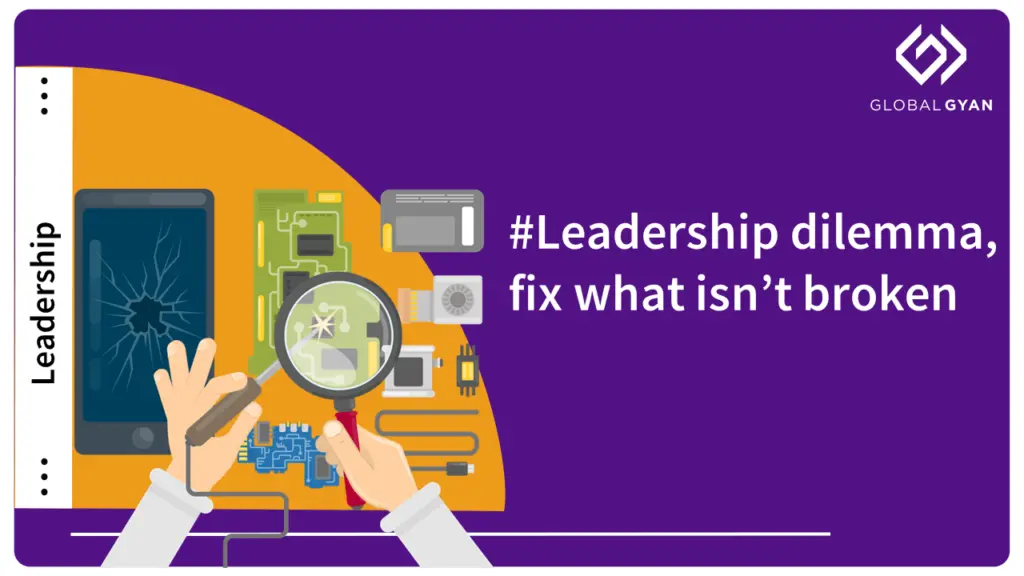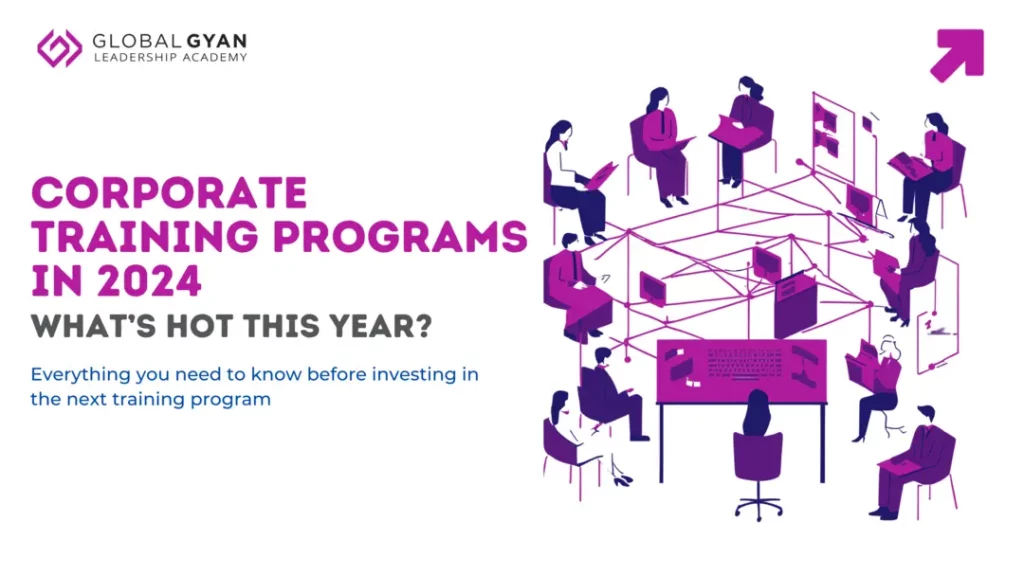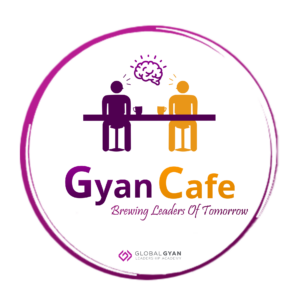#Leadership dilemma, fix what isn’t broken

The day all of India was celebrating the successful launch of Chandrayaan 2, I was reading a fascinating piece on Hindu Businessline that raised an interesting dilemma beneath the euphoria. The dilemma of legacy, of hard choices and strategic decisions for corporate leaders.
The gist of the dilemma – ISRO is stuck with the successful GSLV and PSLV rockets that are working just fine – with an engine powered through a dirty fuel – seems the rest of the world is moving on to smarter, greener fuel choices and that will eventually be the way to go. But ISRO, with a tight schedule of launches, and the legacy of these cyrogenic engines that are working fine, cannot even capitalize on a leading-edge scramjet technology that it developed a few years ago. It continues to make do with the legacy. Question is, for how long? At what cost? How will this impact the future?
I’m no rocket scientist and am definitely not qualified to comment on the article, or the author’s interpretation of ISRO’s dilemma.
It however, reminded me of the very same issue that many successful organizations face today; and the two adages that I find very relevant to this context, contradictory messages – ‘if it ain’t broken, don’t fix it’ and ‘what got you here, won’t get you there’
About twenty years ago, I completed an assessment of a business that was into manufacturing typewriters (you may see a few around still)
The team of assessors could see a very successful business – they manufactured the most superior typewriters and had the biggest share of the market. But the world was starting to move away, people were using PCs and laptops, the size of the ‘typewriter pie’ was shrinking year on year. So, what did the leadership team do? They set up shop in Africa – after all, people were still using typewriters there. We wondered at the strategy – how many years of life did it give the business? We wondered why they weren’t waking up, seeing the need to get a new product-line going, to build a new business – theirs was definitely dying.
The leadership team didn’t take kindly to our feedback – and pushed back hard with facts and figures of their current success. Well, to cut a long story short, they shut shop and went out of business about 6-7 years later.
Many leaders aren’t so cussed, don’t refuse to see signs of change. But when your business is successful today, your model works well today, and you are returning value to shareholders, all is hunky dory, how do you ensure you respond to early signs of change and get ready to ride the wave? What stops many successful leaders from doing this early on, what causes them to scramble and struggle late in the day, sometimes missing the bus altogether?
I think it is the same challenge of ISRO and the typewriter company – you are doing well, you are ‘very busy’ doing well, there is no pressure on you to change something, your leadership team, often your shareholders and maybe a majority of your board – everyone is happy with the current state. You see, technically, nothing is broken. There is no ‘burning platform’. In fact, there is resistance and often bafflement if the leader suggests change – may even face resistance if they try to put resources behind something different to move away from the current success formula; it maybe seen as unnecessary and frivolous.
But the leaders who are able to handle this successfully are the ones who built sustainable businesses.
So what do they do differently? I would love to hear from you basis your experience, the many stories of success, and the strategies and actions behind this success. I don’t have ready-made answers, I have a few ideas, but first, you. Next week, I will share my thoughts on what I believe they did differently. But this week, do post your comments lets see what we come up with!#
This article was published on LinkedIn, 25th July 2019 – Read more







